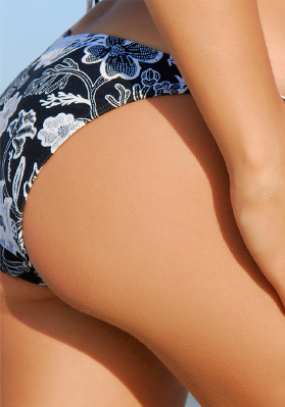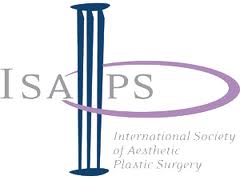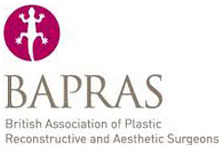Skin Lesions
What are the common skin lesions that bother patients?
Patients are usually concerned about raised or pigmented lesions in the skin. The commonest are moles or keratoses.
Why do patients seek treatment for these lesions?
The lesions may be raised, itchy, may catch on clothes or hair brushes and cause irritation of the skin. They sometimes bleed or can be infected.
With increased awareness of skin cancers, a change in colour of a lesion is considered suspicious. Patients are often worried by recent changes in lesions leading them to request removal.
What treatment is available for skin lesions?
Many of these lesions can be treated by the application of liquid nitrogen (cryotherapy). This is a freezing solution that is sprayed onto the lesion.
Lesions such as raised moles can sometimes be removed by a technique called shave excision.
More prominent lesions which have hair growing in them or which are a cause of recurrent infections are treated by excision (the entire lesion is removed and the skin is sutured).
What does treatment of keratoses involve?
Keratoses can be treated by the application of liquid nitrogen as an outpatient procedure. A freezing solution is sprayed onto the surface of the lesion which is then allowed to thaw.Within a couple of days a blister forms at the site of the treatment which then dries and forms a crust within three to five days. The crust comes off within seven to ten days of application of liquid nitrogen leaving a pale pink piece of skin which re-pigments over a period of weeks or months. Some patients may require more than one application of liquid nitrogen.
What does the treatment of moles or nevi involve?
Moles can be treated under local anaesthetic as an outpatient procedure. A small dose of local anaesthetic is injected around the mole to numb the skin and the mole can then be removed either by shave excision or by complete excision. If the mole is removed by complete excision a few very fine sutures maybe placed through the skin, which are removed a week later.Moles can be treated under local anaesthetic as an outpatient procedure. A small dose of local anaesthetic is injected around the mole to numb the skin and the mole can then be removed either by shave excision or by complete excision. If the mole is removed by complete excision a few very fine sutures maybe placed through the skin, which are removed a week later.
What can I expect after removal of a mole?
The area of operation maybe slightly bruised and swollen but this usually settles within a few days. It would be wise to postpone meetings or face to face contact with customers or to avoid surgery just before an important social engagement.
What is the normal post-operative care?
The area of excision of the mole must be kept clean by use of cotton buds soaked in saline three times a day. The sutures are normally removed five to seven days after surgery and steristrips maybe applied across the edges of the wound to support the wound and prevent the stretching of the scar.
The scar maybe slightly red and visible a few weeks after surgery but tends to soften, mature and blend within the surrounding skin over a period three to six months. During this period patients are encouraged to massage the scar gently with moisturising cream to help its resolution.
Does this procedure give rise to any complications?
The treatment of keratoses is usually uneventful.
Shave excision of moles does not give rise to any problem. However, in a very small percentage of cases, especially in a mole which has hair growth, there maybe a recurrence of the mole.
Complete excision of a mole may result in bleeding, infection or a slightly visible scar just like any other operation.






